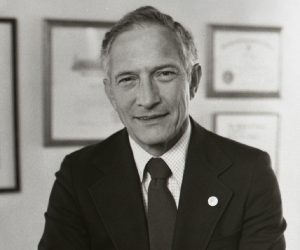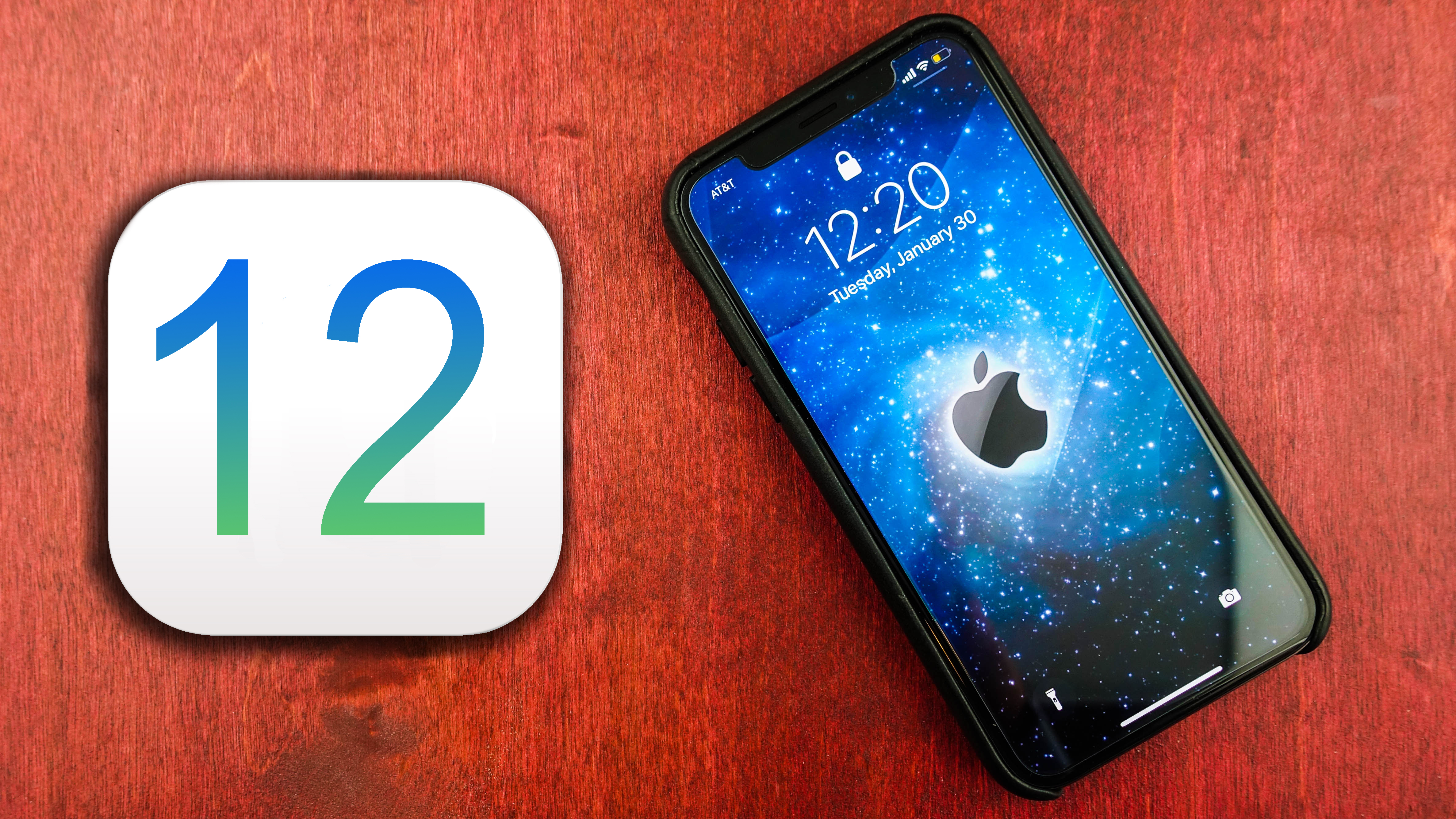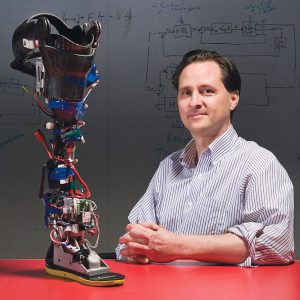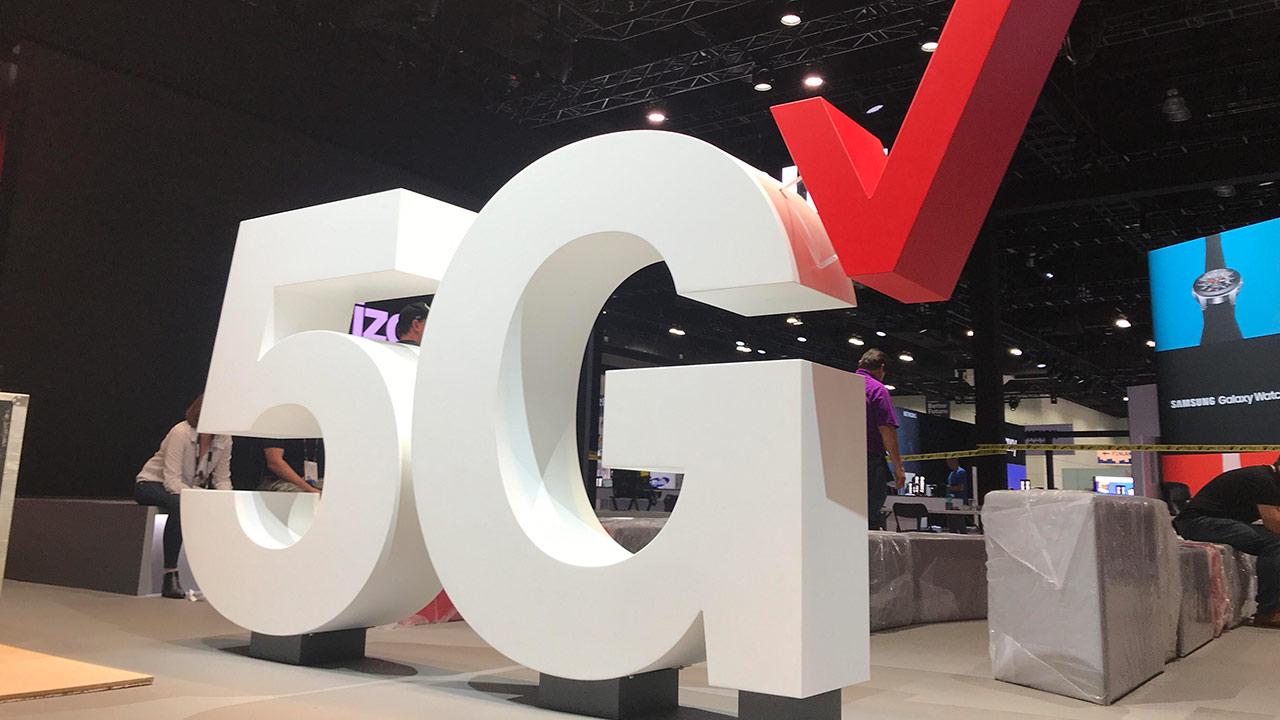Volkswagen Unveils MEB Platform Electric Vehicles at the AAI Event 2018
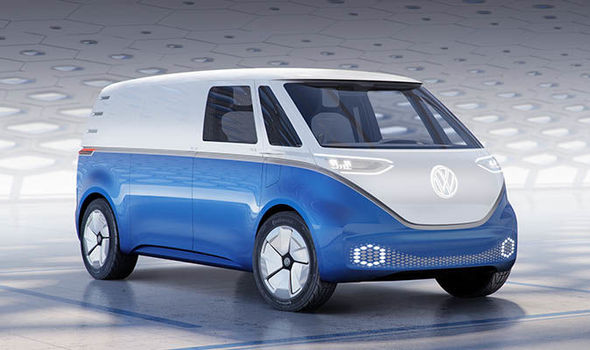
Volkswagen has got into the electric vehicles production to promote the ‘Electric for all’ motto, with its MEB (Modular Electric Drive Kit) platform launch this week. Volkswagen unveiled its series of the all-electric commercial vehicle at the 67th IAA Commercial Vehicles show, in Hannover. The main attraction of this launch was the new I.D. BUZZ CARGO.
The I.D. BUZZ is the joint venture of the Volkswagen Commercial Vehicles and Volkswagen Passenger Cars. The two-toned cargo micro bus gives a retro feel as it is the look-alike of the micro-buses of 60’s. The I.D. BUZZ is manufactured on the Volkswagon’s MEB platform, that is designed to support a variety of battery sizes, according to the purpose and the budget of the vehicle. The different battery size support makes the micro bus run for 330 to 500 km, in one go, when the battery is fully charged.
The I.D. BUZZ is capable of carrying a payload of 800 kg. The vehicle is almost 5 meters long, 2 meters wide and 2 meters high. The windows from the back of the driver seat have been dropped this time and the vehicle is having a solar roof and wide-opening doors, at its back. There is only three seats in the I.D. BUZZ, the one for the driver, and two for the passengers. The passenger seats can be folded to make more space for the cargo. It has shelves inside the backspace of the vehicle and the driver’s door, as well as the sliding door, opens electrically.
Many manufacturers are venturing into production of electric vehicles, and Volkswagen had also launched its first all-electric, a panel van, e-Crafter, back in August. At the AAI 2018, Volkswagen also added other vehicles to the electric vehicle family, including the ABT e-Transporter, ABT e-Caddy and Cargo e-bike. Volkswagen has designed the ABT e-Transporter and the ABT e-Cabby, jointly with Abt e-Line GmbH and will arrive in the middle of 2019. The vehicles are focussed on zero-emission and the I.D. Buzz can take some time to reach the markets, most probably by 2022.

Yashica is a Software Engineer turned Content Writer, who loves to write on social causes and expertise in writing technical stuff. She loves to watch movies and explore new places. She believes that you need to live once before you die. So experimenting with her life and career choices, she is trying to live her life to the fullest.

